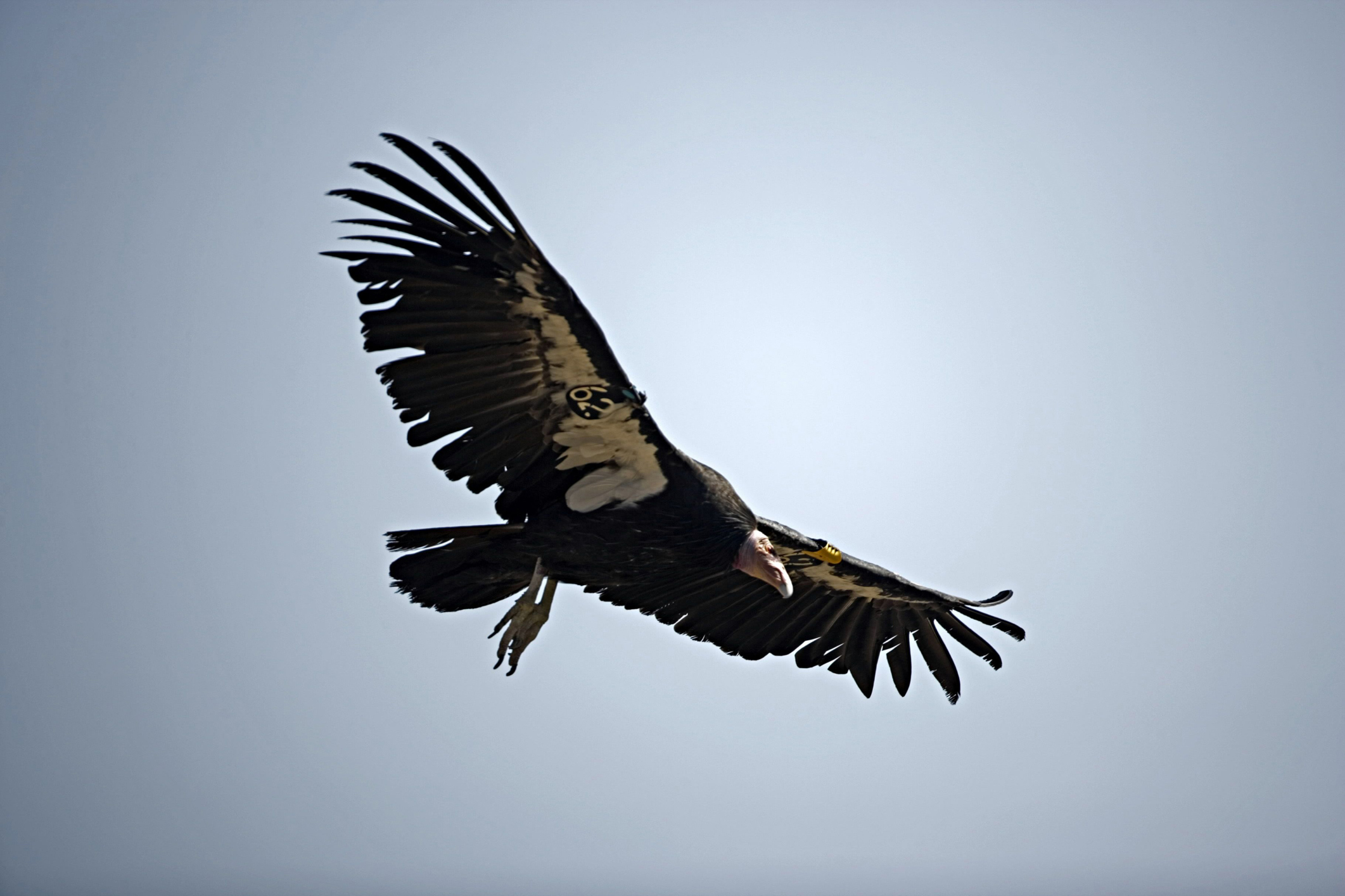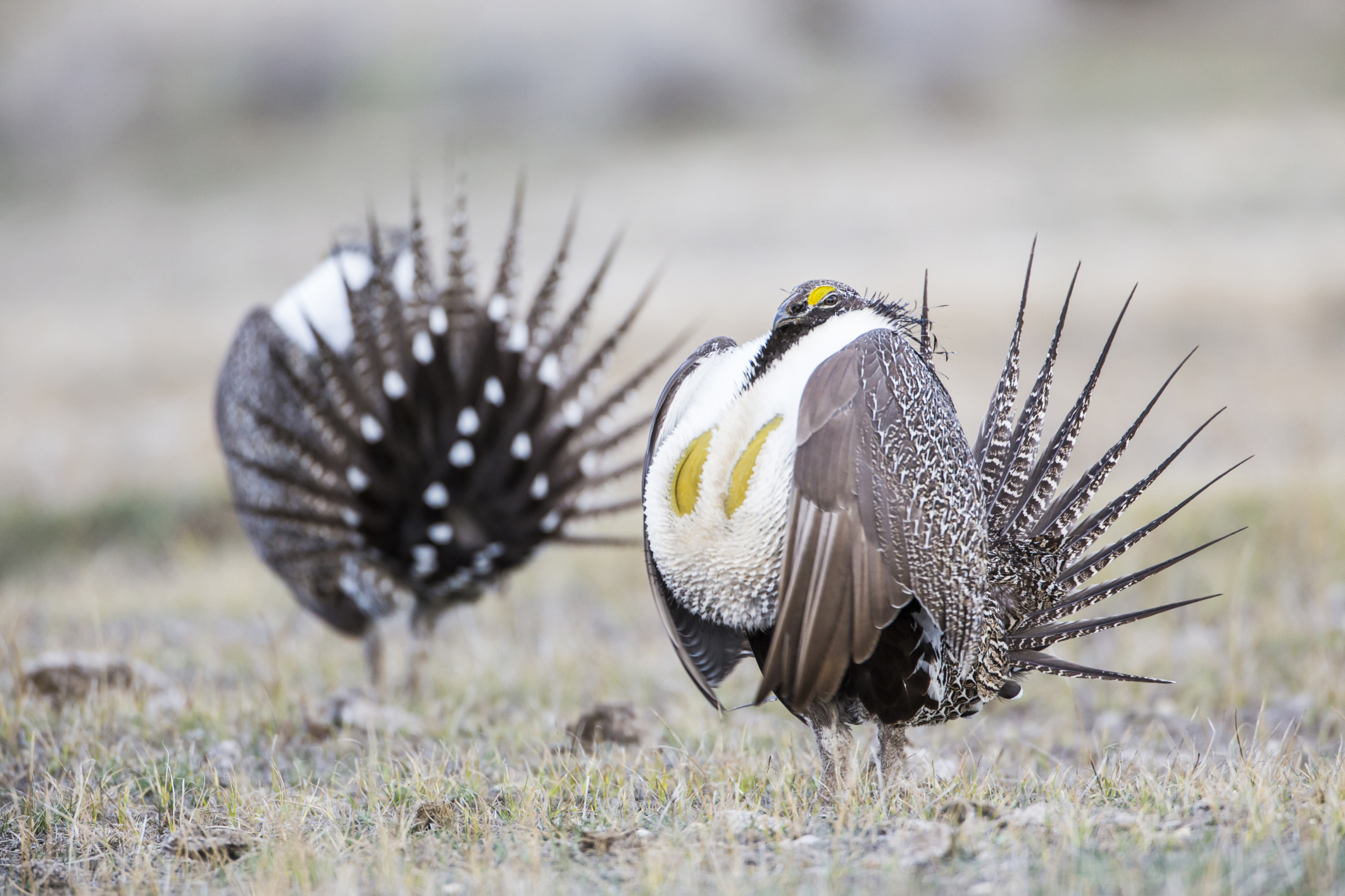Third of North American Birds Said to Face Extinction Due to Climate Change, Other Man-Made Factors
Scientists say that Earth may have entered a period of "mass-extinction."

— -- A new report published by North American Bird Conservation Initiative says that 37 percent of all migratory bird species on the continent are at risk of extinction due to a myriad of harmful environmental factors including climate change, sea-level rise, land development and oil spills.
The report includes a section called the Species Assessment Summary and Watch List, a chart that ranks the 1,154 native species of birds in Canada, the U.S., and Mexico by level of concern.
"The Watch List includes 432 species with concern scores of 14 or higher," the section explains, "or with a concern score of 13 and a steeply declining population trend -- these are the species most at risk of extinction without significant conservation actions to reverse declines and reduce threats."
Some of the birds that received a score of 20, the highest possible, included the California condor, the imperial woodpecker, and the Florida scrub-jay.

The report highlights, among other things, the endangerment of seabirds as a result of rising sea levels.
ABC News reported earlier this month about a paper published in the journal Environmental Research Letters that indicated that five of the Solomon Islands have submerged underwater as a result of climate change.
James Hansen, a NASA scientist, estimated in March that seas could rise by seven meters in the coming century, a figure that would likely decimate coastal communities for humans and animals, if proved accurate.

Concern about a "mass extinction event" as a result of climate change and other man-made factors has risen in recent years.
A widely cited paper by atmospheric chemist Paul J. Crutzen and environmental journalist Christian Schwägerl in 2011, "Living in the Anthropocene", suggested that the Earth had entered a new epoch in which man held "dominance of biological, chemical and geological processes on Earth," causing radical shifts to our planet.
"Imagine our descendants in the year 2200 or 2500," the paper said. "They might liken us to aliens who have treated the Earth as if it were a mere stopover for refueling, or even worse, characterize us as barbarians who would ransack their own home."
The symbol of a circle filled with a crisscrossing 'hourglass' is sometimes used in graffiti or online to draw attention to the threat of mass-extinction and the threat of severely diminished biodiversity on Earth.
"The circle signifies the planet, while the hourglass inside serves as a warning that time is rapidly running out for many species," a statement," says a non-profit website promoting the symbols usage.